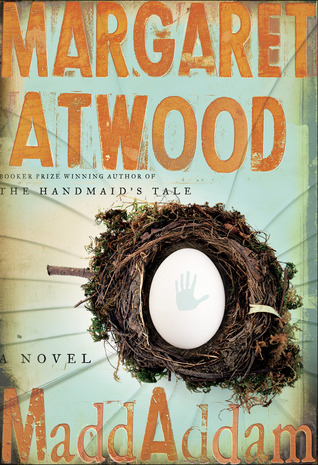Master 10 New Recipes:
1. Pasta with Mushrooms and Thyme
2. Sriracha Peanut Butter Tofu
3. Fresh Pasta
4. Corned Beef and Cabbage
Corned beef and cabbage is one of those things you probably think you don't like if you've never had it. I mean, its a big hunk of boiled meat. With cabbage, the world's smelliest vegetable.
But if you haven't had it, you should give it a try. Just make sure you are having it the RIGHT way.
First, pick out a good cut at the store. It will be called "corned beef" and will be pre-seasoned or have a seasoning packet included. The best cut is called a "flat cut." What you are looking for is a lot of fat lines running throughout the entire cut, called "marbling," rather than just big hunks of fat in one area. The safest bet is usually just to go with the most expensive one you can find. Before St. Patty's they will be massively on sale anyway- I think we paid about $6 for three pounds.
Next, do not trim the fat before cooking. I admit I trimmed some of the top fat off of mine, but we are dieting and I felt guilty. But most of it will come right off after it is cooked.
Cut up some onions and line the bottom of the biggest pot you have with them. Put the corned beef on top, add the seasoning packet, and fill the pot with water so the meat is just covered.
Cover, bring it to a boil, reduce to simmer and simmer for about an hour per pound. Just try to ignore the fact that it looks pretty disgusting at this point.
After 2-3 hours start cutting up your potatoes and carrots. They only take about 20 minutes so add them to the pot when the meat is pretty much cooked. Cook at a simmer until the potatoes and carrots are just tender.Remove the meat when it is tender throughout- you may even have trouble getting it out in one chunk at this point. You should be able to pull it apart with a fork and not need a knife. Then add the cabbage in with the other vegetables.
This is why you needed "the biggest pot you can find." Keep stirring and it will cook down.
Trim the fat from the meat while the cabbage is cooking. It should come off pretty easily. Then, serve with the vegetables and a little of the broth to keep it hot.
And enjoy! The texture is somewhat like a tender pot roast, but the taste is tangier and somewhat vinegary. Some people like to make a Reuben-esque sandwich with rye bread, cabbage and Swiss cheese. I like to have mine with a little spicy mustard. But of course there is no wrong way to eat something this delicious.
Corned Beef and Cabbage
Ingredients:
2-3 pounds flat cut corned beef
2 onions
4 medium potatoes
1 lb baby carrots
1/2 head cabbage
1. Slice your onions and line the bottom of the biggest pot you have with them. Put the corned beef on top, add the seasoning packet, and fill the pot with water so the meat is just covered.
2. Cover, bring it to a boil, reduce to simmer and simmer for about an hour per pound.
3. After 2-3 hours, when the meat is tender but not yet falling apart, add your potatoes and carrots to the pot. Cook at a simmer for about 20 minutes, until the potatoes and carrots are just tender.
4. When the meat pulls apart with a fork, remove it from the pot and add the cabbage, cut into quarters or eighths. Cook for about 10 minutes.
5. Trim the fat from the meat and cut it to serve. Then add the vegetables and some broth on top.
6. Serve with a Guinness and some rye bread. And kiss an Irish person for inventing this delightful treat.
.JPG)
.JPG)
.JPG)




.JPG)
.JPG)

.JPG)
.JPG)